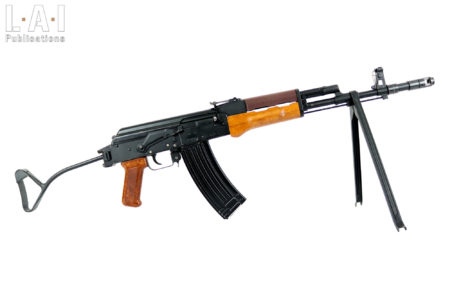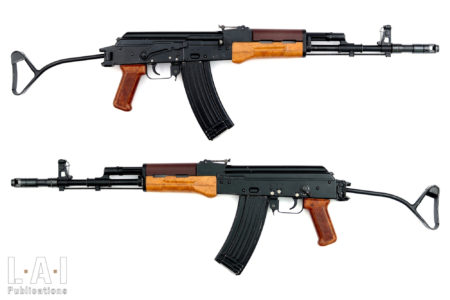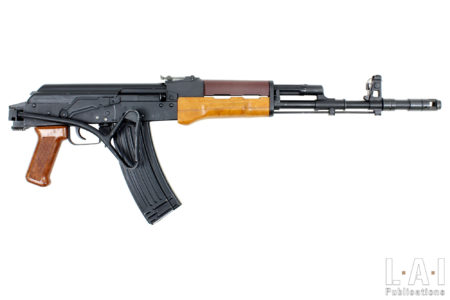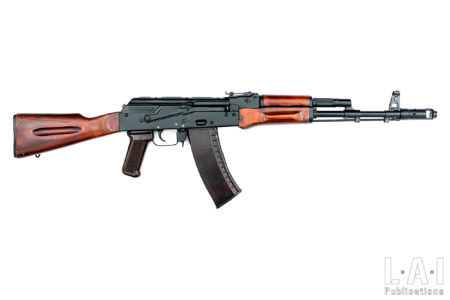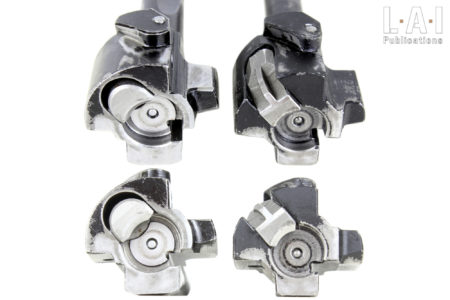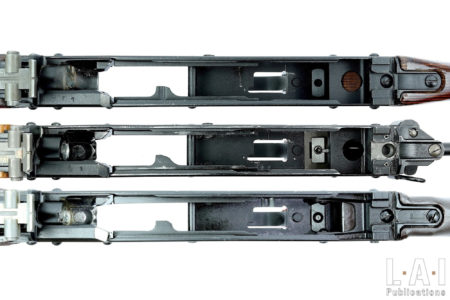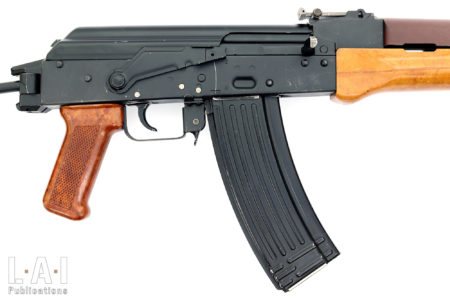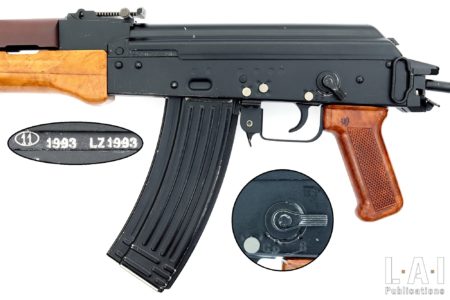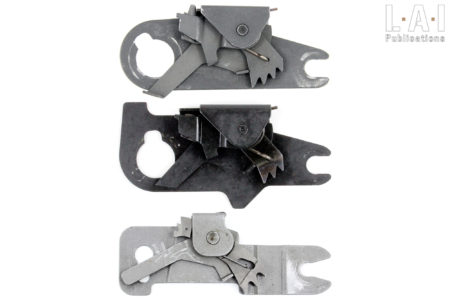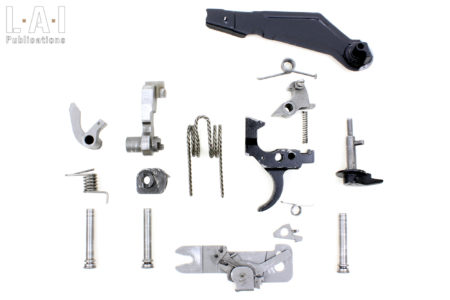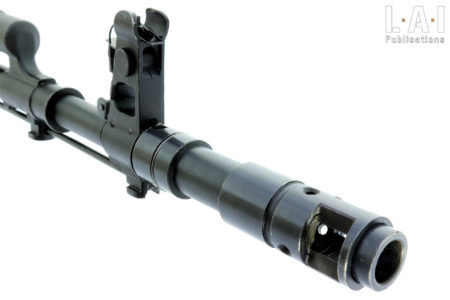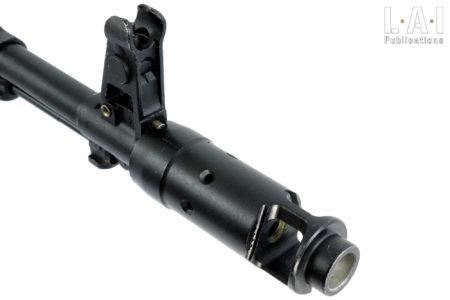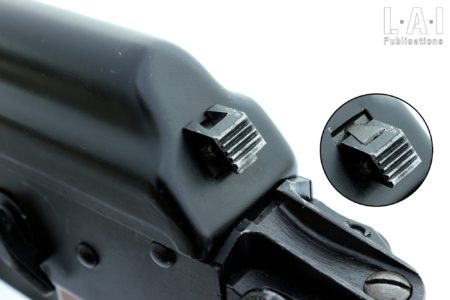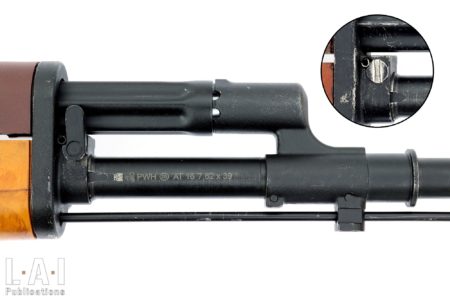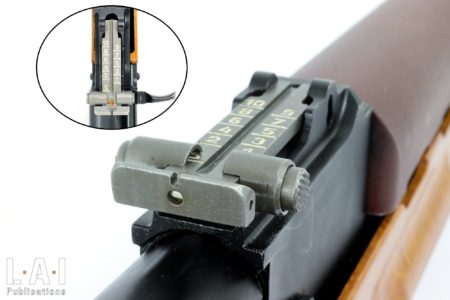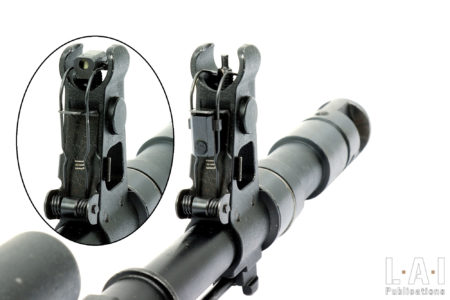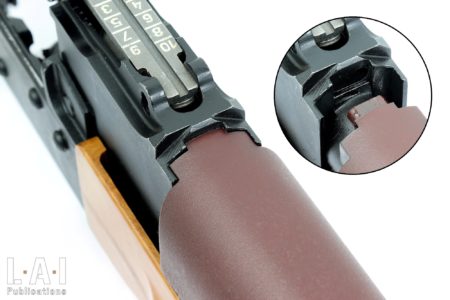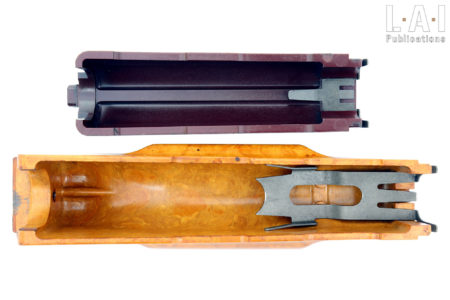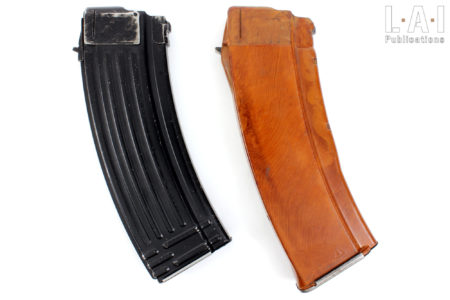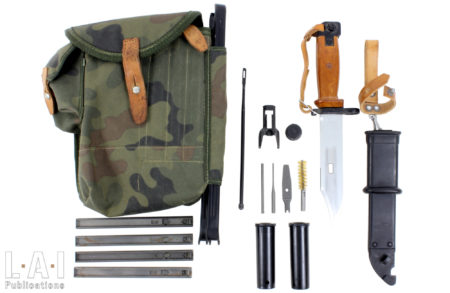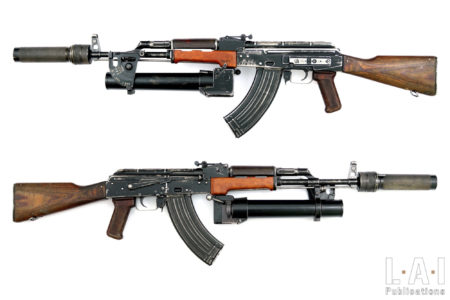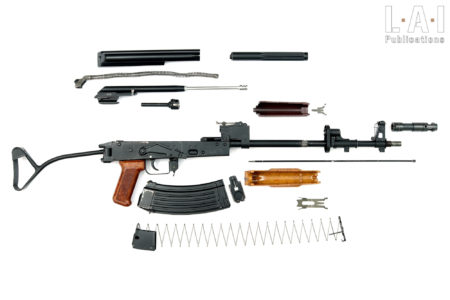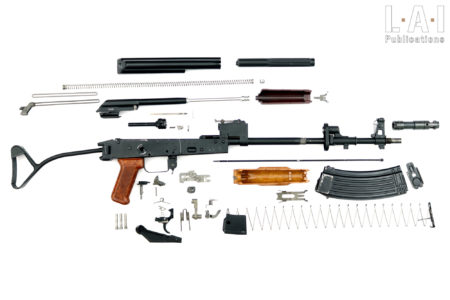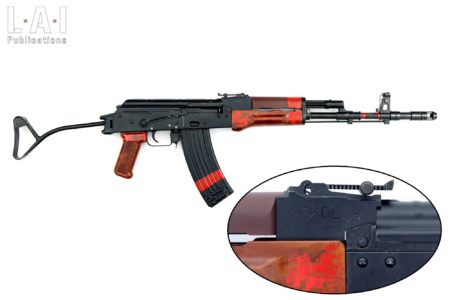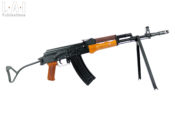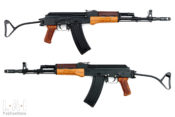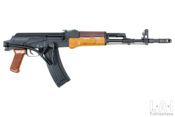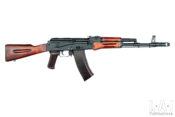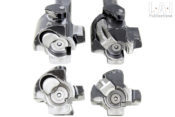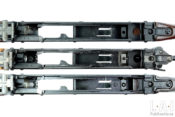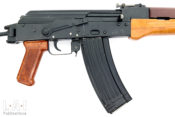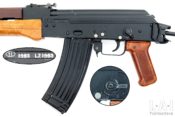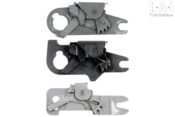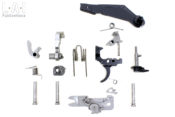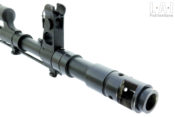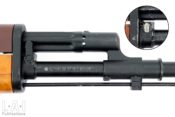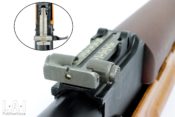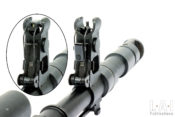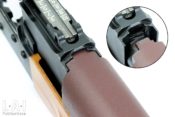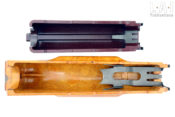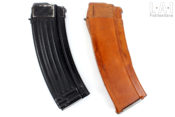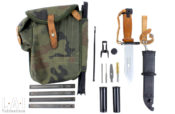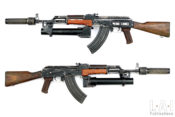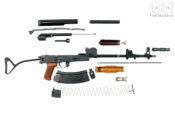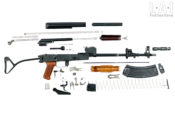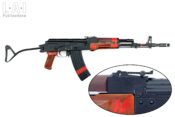Wz.88 Tantal: The Polish Kalashnikov 5.45×39 mm

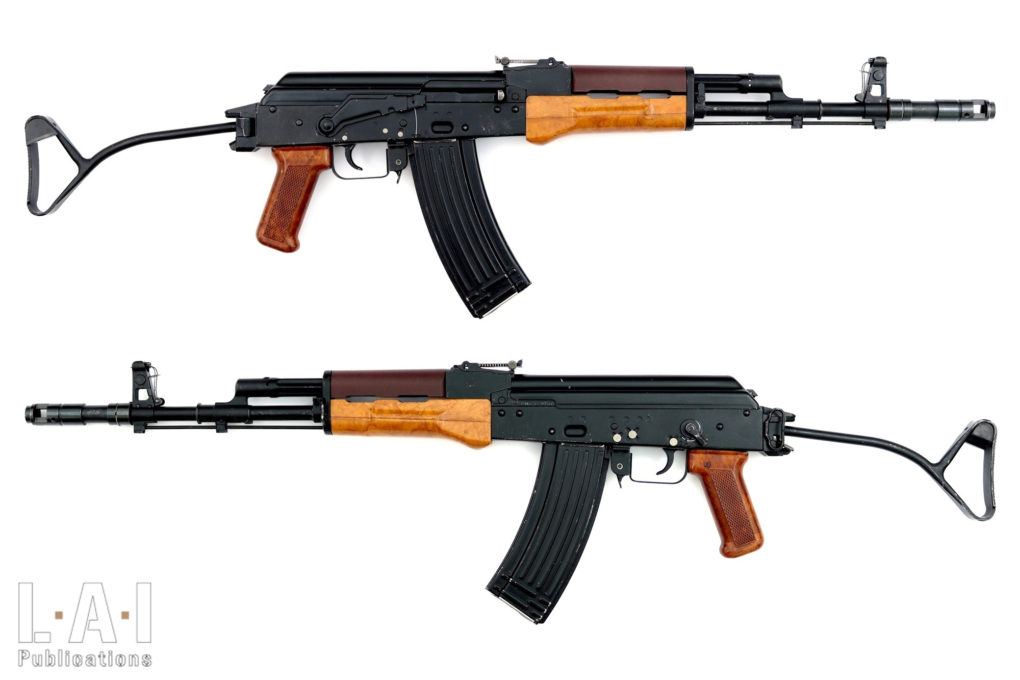
Under Soviet rule during the Cold War, Poland produced, as usual, quality military weapons, sometimes of Soviet design, sometimes of national design and sometimes of “mixed” designs such as this wz.88 Tantal.
The Polish Arms Industry
In the aftermath of WWI, Poland developed an arms industry that combined creativity and manufacturing quality. Caught between a noisy Germanic neighbor to the west and the nascent USSR to the east, this industrial boom most likely corresponded to a growing concern that would be legitimized by the outbreak of WWII. It would produce foreign-designed weapons, but also indigenous designed weapons. The indigenous designs include the 7.92×107 mm wz.35 anti-tank rifle often called “Maroszek” after its inventor, or the very popular 9×19 mm VIS-35 pistol. The latter, often referred to as “RADOM”, takes this nickname from the town where its manufacturing plant is located, the “Fabryka Broni “Łucznik” – Radom” or “Archer Arms Factory – Radom”. During the 1930s, this city became the epicenter of Polish gunsmithing and remains so to this day. In the aftermath of WWII, Poland came under Moscow’s control. The treaty that sealed the USSR’s alliance with a large part of the communist European countries was signed on May 14th, 1955, in its capital and was called the “Warsaw Pact”. While one might think at first glance that this trusteeship could have marked the end of a national arms industry, this was not the case: Poland went on to become an important player in small arms production within the Eastern bloc. During the communist era, the RADOM factory was renamed “Zakłady Metalowe im. Gen. “Waltera“, i.e. General Waltera’s Metal Factory and given the code 11 in an oval as a trademark. While this production was indeed marked by a large proportion of weapons designed in the USSR, including the production of 7,62×39 mm AK-47s and AKM, it also incorporated locally produced weapons, such as the 9×18 mm M wz.63 submachine gunSubMachine Gun More, but also, as is often the case in the countries of the Pact, national variations of Soviet-designed weapons. Thus, the AK-47 would be declined as a grenade launcher rifle under the designation PMK-DGN-60. We can also mention the interesting “Lantan” project, a modular assault rifleAn assault rifle is a weapon defined by the use of an "inter... More (convertible into a machine gun like the Stoner-63) of 7×41 mm caliber studied as early as 1976 which could have replaced the AKM within the Polish forces. However, it met a disastrous fate, notably because of the Soviet veto on the introduction of a 3rd intermediate ammunition in the arsenal. Thus, when the time came to adopt the second-generation intermediate caliber 5.45×39 mm, Poland did not just produce a copy of the AK-74; it took the opportunity to introduce certain specificities that met the national desiderata (Pic.04).
A variant between the AKM and the AK-74
The “Tantal” project dates back to the late 1970s under the direction of Bogdan Szpadreski. During the Cold War (and even in the years that followed), the Polish way to christen a weapon was to adopt a code name often chosen from the periodic table of elements: Beryl / Beryllium (element 4), Lantan / Lanthanum (element 57), Tantal / Tantalum (element 73), etc. A small exception, Onyx is a stone. It should be noted that this no longer seems to be the case, the last one being called “Grot”, a Polish term meaning “Arrowhead”. The development of the Tantal project was slowed down by the country’s internal political turmoil in the early 1980s and by some twists in the technical choices. After several series of tests, the weapon was finally adopted in 1989 under the designation “5.45 mm karabinek wz.88” and put into production in 1990. Caught up in the torrent of history, the end of the communist era in Poland would lead to its rapid replacement by the abandonment of the 5.45×39 mm in favor of a 5.56×45 mm that had become a NATO caliber. According to some sources, only 30,000 wz.88s were produced, but this figure seems surprisingly low to us, even taking into account the particular political context.
It is commonly argued that Poland’s reason for developing its own 5.45x39mm rifle variant was to avoid the purchase of an expensive production license from the Soviet Union. At the same time, this allowed it to evade the export rules associated with it. Thus, the weapon that served as the basis for the development of this rifle is none other than the AKM.
However, the weapon will incorporate some specific elements of the AK-74, including its bolt carrier group (interchangeable with the Soviet weapon), a central element of the operating system. These parts differ from the AKM in different ways of machining, and in particular in a new design of the bolt faceThe bolt face is the part of the bolt which in set place the... More and the extractor (Pic.05). Similarly, the feeding ramp and gas block are derived from the AK-74 and not the AKM. For the record, the AK-74’s gas block is a machined casting part with a 90° gas intake channel, whereas the AKM’s is originally forged and machined with a 45° gas intake channel. It should be noted that the latter was substituted in the mid-1970s on the newly produced AKMs by a machined casting still with a 45° gas intake channel… probably inspired by the production work of the AK-74! Economics comes first!
The main “recycled” element of the AKM is the receiver: the AK-74’s, very close to the AKM’s, include differences around the firing system seat, in particular by the integration of a trigger block mounted on a spacer to facilitate disassembly at the soldier’s level (Pic.06). The incorporation of a more complex firing system on this weapon took the weapon away from the Soviet design anyway. The stock trunnion, riveted to the receiver, is also inherited from the fixed-stock version of the AKM, although the AKM and AK-74 stocks are technically compatible. If this sleight of hand could, perhaps from a “legal” point of view, fool anyone (we wonder to whom?), it has the advantage of changing little on the case production lines… Finally, many of the changes incorporated into the weapon are more related to ergonomic considerations than technical innovations. But still, some may be found.
Annual subscription.
€45.00 per Year.
45 € (37.5 € excluding tax) Or 3,75€ per month tax included
- Access to all our publications
- Access to all our books
- Support us!
Monthly subscription
€4.50 per Month.
4.50 € (3.75 € excluding tax)
- Access to all our publications
- Access to all our books
- Support us!


